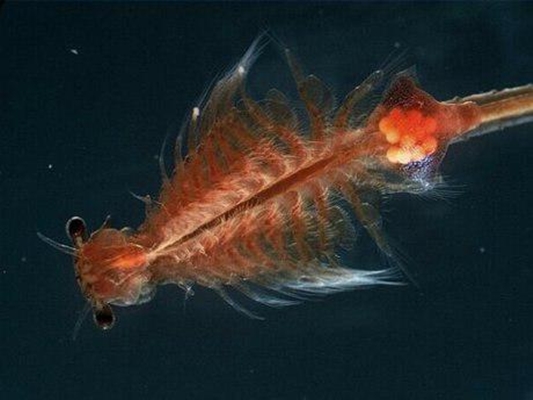According to Urmia University officials, the Artemia Research Institute of the university has committed itself to transferring the technical know-how of the production of high-quality cysts to Kazakhstan.
The dean of the University of Urmia Rahim Hobb-e Naqi referred to the contract as an example of cooperation between the countries of the region stating that both sides will benefit from it, ISNA reported On the sidelines of a ceremony in the city of Nur-Sultan, the ambassador of the Islamic Republic of Iran to Kazakhstan announced that the launch of the Artemia Cyst Production line in Kazakhstan is the beginning of extensive collaborations in the field of fisheries between the two states Kazakhstan has many saltwater lakes and rich sources of Artemia.
Till now, the central Asian country was selling this basic aquaculture raw material at a low price.
Artemia cysts are Brine Shrimp eggs with an excellent hatching rate. Artemia Cysts are well-known as the ideal live food for the first stages of larval shrimps. It is important to feed Artemia as soon as possible after hatching to take full advantage of the stored reserves.
For a brief review of Iran’s achievements in various fields of science and technology, check the book “Science and Technology in Iran: A Brief Review – 2019”
Artemia populations are found worldwide in inland saltwater lakes, but not in oceans.
Artemia are able to avoid cohabiting with most types of predators, such as fish, by their ability to live in waters of very high salinity.
The ability of the Artemia to produce dormant eggs, known as cysts, has led to extensive use of Artemia in aquaculture. The cysts may be stored for extended periods and hatched on demand to provide a suitable form of live feed for larval fish and crustaceans.
